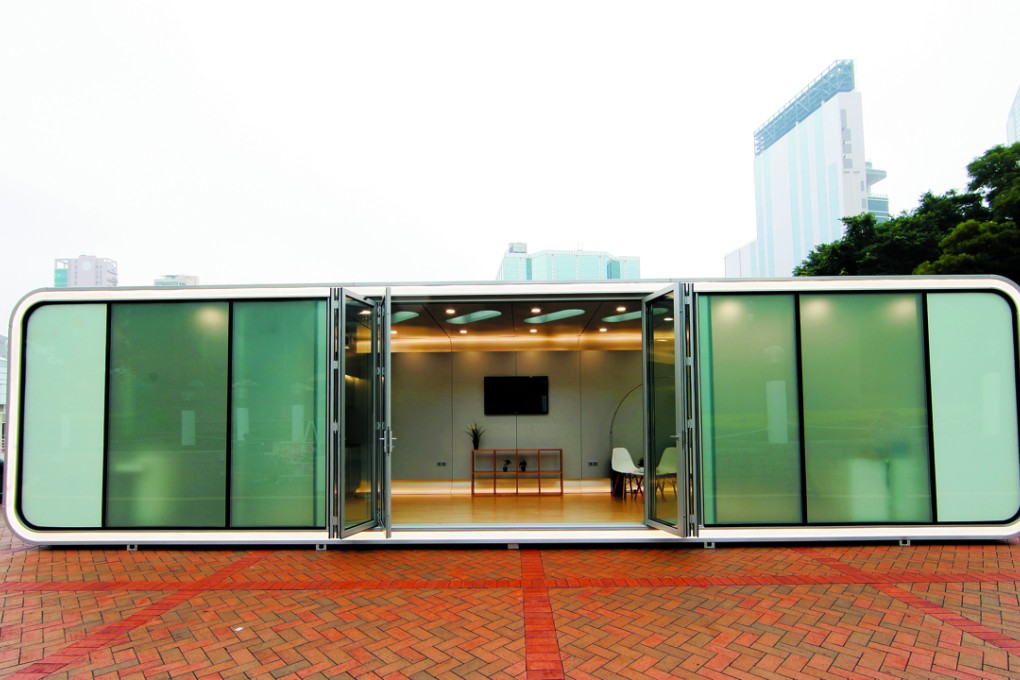Cheap Hong Kong-designed ‘container homes’ the way of the future
Have house, will travel: portable, eco-friendly and durable, compact prefabricated homes may provide an answer to fast-changing living and working environments. We're unlikely to see them used in Hong Kong any time soon, though

Two Hong Kong companies are developing homes that will sell for as little as HK$500,000 – and we are not talking about illegally converted pigsties in the New Territories.
The Alpod and the G-pod are prefabricated homes the size of a standard shipping container. These are not the drab “prefabs” of the kind put up in Europe after the second world war, nor do they resemble the makeshift offices fashioned from used containers on construction sites. They are stylish, eco-friendly and, most important, long-lasting homes that you can pack up and take anywhere in the world with you. Assuming, of course, that you have somewhere to put them.

“We are interested in moveable buildings, an approach that prevents wastage and gives people the freedom to move anywhere. Your house follows you when you move,” says architect James Law, designer of the 40ft-long aluminium Alpod on display in Kowloon Park as part of the Bi-city Biennale of Urbanism/Architecture, which ends on February 28.
SEE ALSO - March of the pods: How design is going egg-shaped
The unit has a net area of 480 square feet, comparable to the multimillion-dollar shoeboxes that most Hong Kong people call home. The bathroom is surprisingly comfortable and the space can easily be kitted out in the same way as a studio flat. At just 3.3 metres wide, however, it is narrow, but that’s the compromise for its portability: the pod can be hoisted onto the back of a container truck.